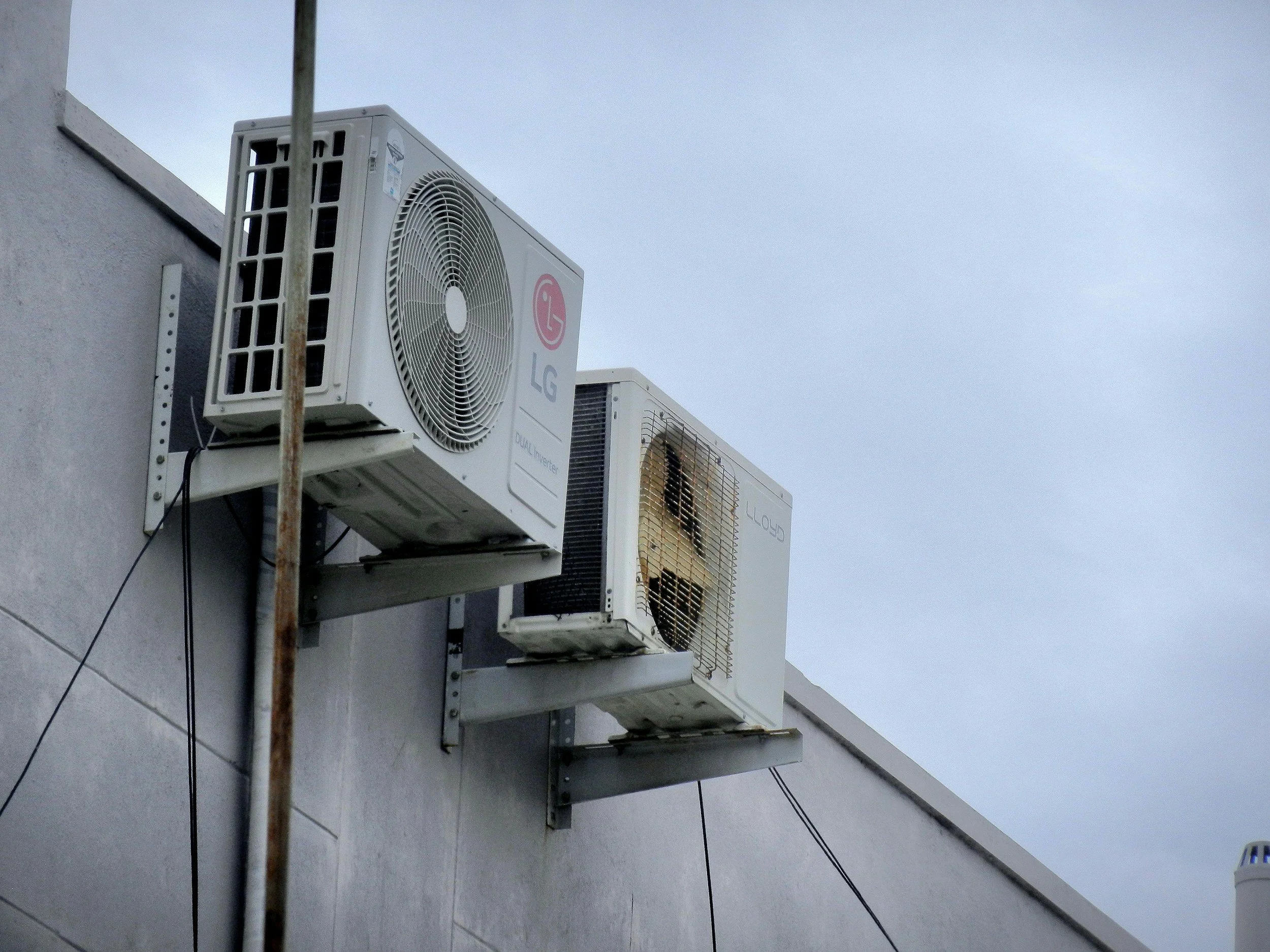Keeping Up With Slow Fashion And How Brands And Consumers Can Get On Trend
Written by Elizabeth Winn
Since the World Health Organization classified the Coronavirus outbreak a pandemic in March earlier this year we’ve all only really been asking one question: How do I stay on trend with the new normal - whatever that is?
This year we’ve been redefining the idea of normal. Office jobs are often worked from home, classes are now taught over zoom, and for now, dining out is an activity you can only do outside. So what’s the new normal for the fashion industry? Well Helene Behrenfeldt, Fashion Industry Strategy Director at Infor, thinks she might know the answer -- slow fashion.
Photo by Imad Skhairi
“With consumers spending abundant time at home, many aren’t purchasing new pieces as often as they normally would,”
Behrenfeldt explained.
“Some are continuing to maintain pre-pandemic levels of shopping, but are engaging in new product lines, like high-quality activewear or comfort pieces to wear at home.”
Over her past nine years at Infor Behrenfeldt has seen how fashion has evolved. Behrenfeldt has seen the fast fashion fads come, and go; the luxury brands roll out new products year after year; she was around when slow fashion companies like The RealReal and Depop made their first appearance in the fashion market.
Photo by Imad Skhairi
Though slow fashion has been consistently on the rise in recent years, generally more popular among GenZ-ers and Millenials, the U.S. resale market is expected to triple within the next few years. According to a study drafted by GlobalData. The market is expected to increase from $7 billion to $23 billion between 2020 and 2023.
“There are examples of fashion brands teaming up with secondhand trading platforms to keep [...] product(s) alive,”
Behrenfedt shared.
Photo by Imad Skhairi
One recent example of this is Walmart. The $328 billion-dollar company just partnered with the online thrift site ThredUp, allowing the company to list 750,000 of its items on Walmart’s website. However, this is not new for ThredUp. In the past, the site has set up stores at various JCPenney, Macy’s, and other big-name retailers.
Photo by Imad Skhairi
Behrenfeldt said that this idea of “Reselling and reusing items rather than producing entirely new ones from scratch” is something that both companies and consumers can get behind, making purchases both affordable and sustainable at the same time.
Photo by Imad Skhairi
Though the trend towards slow fashion is, how can I put this nicely, slow? It is steadily increasing. New clothes sales are expected to fall, a good 4 percent through 2024, and resale markets are expected to rise with the U.S. resale market for fashion slated to increase to $36 billion by 2024.
Behrenfeldt is hopeful that major industry players will embrace this change.
Photo by Imad Skhairi
She shared how she believes the “repurpose” of products such as recycling, reselling, reusing, repairing, and renting of clothes will continue to evolve. As they do she hopes that companies who already have established “thriving sustainability initiatives” will continue to do the work necessary to make the new normal for fashion slow fashion. Using their influence to encourage others to follow their lead.
Photo by Imad Skhairi
“The pandemic and recent socio-cultural events around the world have inspired a rethinking of brand values among consumers, many of whom are now more interested in a company’s concern for its community and the environment than ever before.”
Photo by Imad Skhairi
HOW DO YOU FEEL ABOUT FASHION?
COMMENT OR TAKE OUR PAGE READER SURVEY
Featured
















Water management plays an essential role in maintaining the safety and stability of a home.